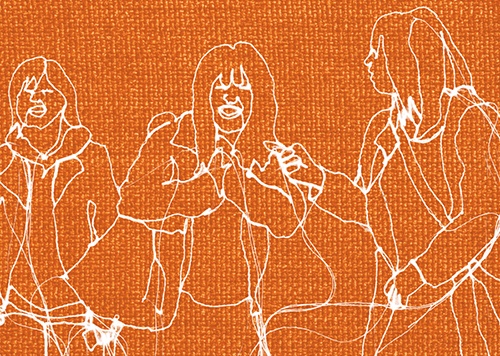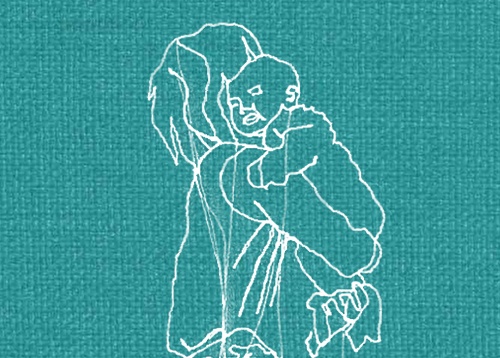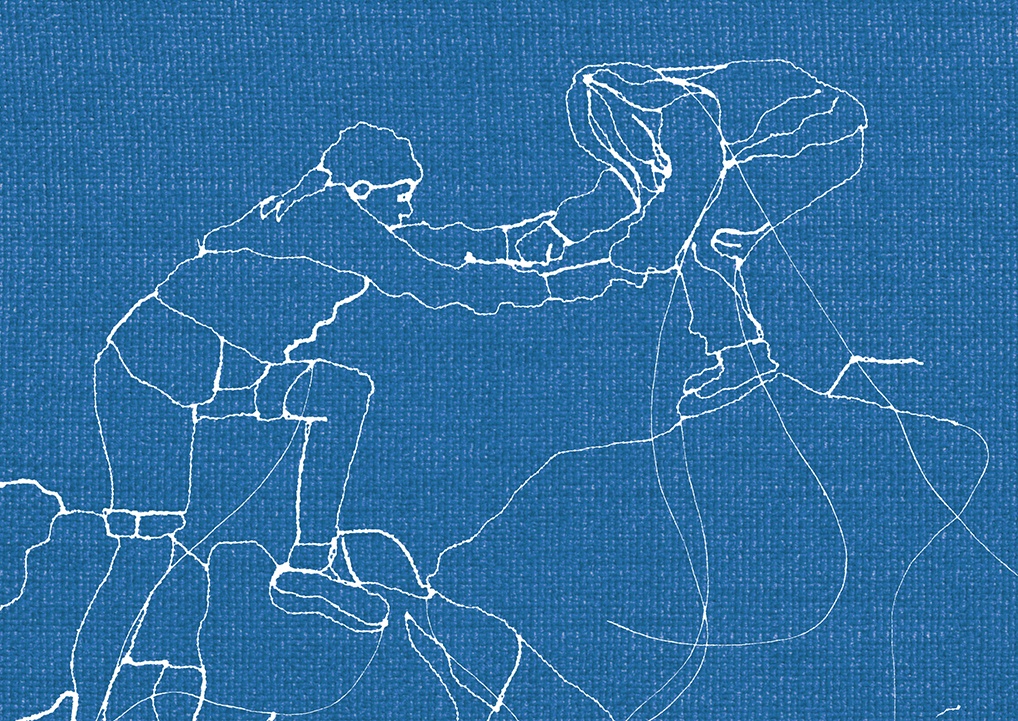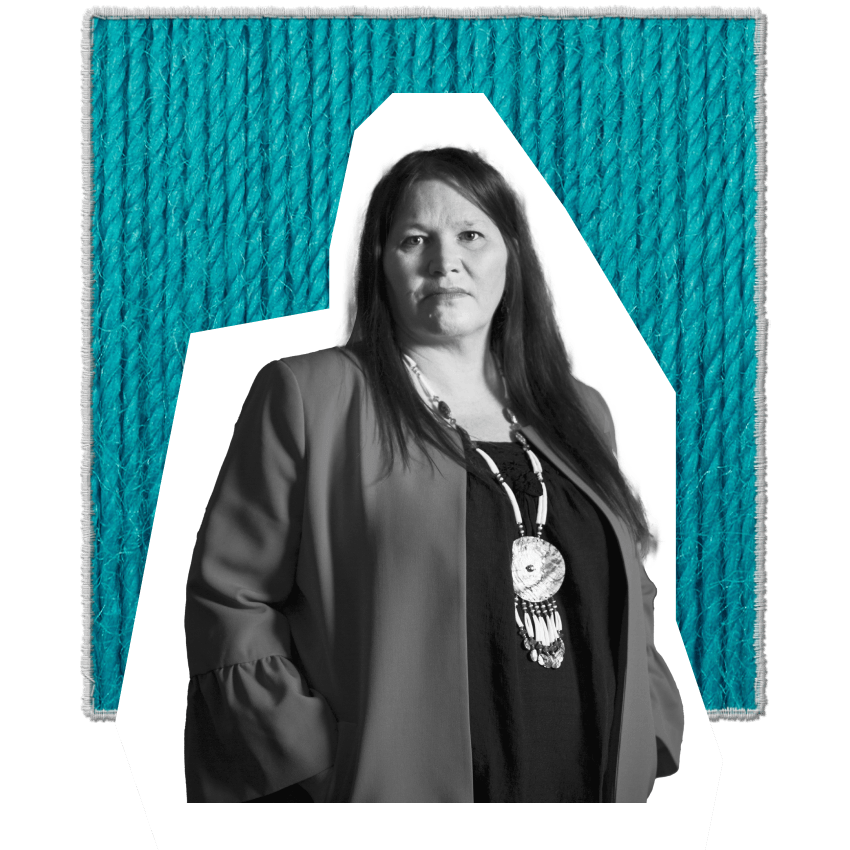
United States of America
Grass-roots activists raise visibility for missing and murdered indigenous women
Although Carolyn DeFord’s mother disappeared in 1999, it wasn’t until 2011 that she finally learned the term to describe the complicated grief she had felt since that day: ambiguous loss.
“You’re stuck, and you can’t move on, and there’s the constant wonder,” says Ms. DeFord, who is a member of the Puyallup Tribe in Washington State and board member of Missing and Murdered Indigenous Women USA (MMIWUSA). “I’ve imagined everything that could have happened to my mum, in every way, over and over again.”
This lack of closure is experienced by thousands of indigenous people across the United States whose relatives are reported missing every year. The murder rate for Native American women living on reservations can be up to 10 times the national average (Urban Indian Health Institute, 2018), making murder the third leading cause of death for Native women. Though the statistics are stark, there are huge gaps in data, meaning that the numbers affected are likely underestimated. In 2016, the National Crime Information Center reported 5,712 cases of missing American Indian and Alaska Native women and girls; in the same year, the US Department of Justice recorded just 116 cases in its missing persons database.
Underreporting of cases, racial misclassification and poor relationships between law enforcement and Native communities all contribute to the lack of reliable data (Urban Indian Health Institute, 2018). A jurisdictional web exacerbates the problem. In 1978, the US Supreme Court ruled that tribal nations could no longer prosecute non-Natives who commit crimes against Native individuals on tribal lands. As a result, when an indigenous person is the victim of a violent crime, the Native or non-Native identities of the victim and perpetrator(s), the location of the crime either on or off the reservation, and the nature and severity of the act must all be established before it is even known which authorities should handle the case.
Many believe perpetrators have been able to take advantage of the confusion to target indigenous women and girls. “We need to be able to have jurisdiction over crimes committed on our land. We’re nations within nations, sovereign nations within a nation, and we have the least ability to protect our people,” Ms. DeFord says.
Families of missing persons and Native advocates say even when investigations are conducted, they are not afforded the rigour they deserve. “It feels like everybody’s trying to pass the buck so that nobody has to get their hands dirty,” says Ms. DeFord. “That’s probably not the case, but it’s what it feels like.”
In 2013, the reauthorization of the Violence Against Women Act (VAWA) restored tribal criminal jurisdiction over non-Native individuals committing crimes of domestic violence on tribal lands. The most recent reauthorization, in 2022, expanded the list of crimes that could be prosecuted to include sexual violence, sex trafficking and stalking, among others. Luhui Whitebear, a professor of Indigenous Studies at Oregon State University and board member with MMIWUSA, says tribal nations now have access to a new range of tools to protect their communities from harm. Still, she says, legal reforms only go so far. “People think ‘Yes, we did it!’ But that’s not always the end of the story.”
Prof. Whitebear points out that the 2022 VAWA reauthorization doesn’t cover all tribal nations – only federally recognized ones. This means that nations like Prof. Whitebear’s own, the Coastal Band of the Chumash Nation, are not covered by the act. There is also the issue of resources, with tribes rarely having access to sufficient funding or training to conduct thorough investigations.
Grass-roots organizations like MMIWUSA are stepping in to help. Often, what families need most when a loved one goes missing are basic things – a plane ticket, feet on the ground to conduct a search, or money to hire a babysitter for children whose parent has disappeared. “I’m really thankful that there are people who are dedicating so much time to doing ground searches for people and creating missing fliers, because sometimes families have to choose, ‘Do I eat dinner, or do I look for my missing person? Because I don’t have support for a search.’ And so for organizations to be able to provide resources for those searches is critical,” says Prof. Whitebear.
Another crucial step is ending stereotypes of indigenous people and communities. “De-normalizing that exploitation of people’s bodies and the view of us as disposable would help immensely,” Prof. Whitebear says. “I would say that what helps to end violence against indigenous women is viewing it as not just an indigenous issue. This is everyone’s issue.”
For Ms. DeFord, in the years since her mother disappeared, she has learned to take her grief and use it to help other families struggling for answers: “It’s been very healing to share my story, to be able to use my experience to help other people, like these other advocates are helping me,” she says. “Being able to do some of that footwork so that families can take care of themselves and be where they feel the most useful – that’s been helpful, really being able to feel like this horrible, traumatizing experience hasn’t been in vain. If I can use that to help other people, then it makes me feel like at least there’s a purpose.”
Local advocates are also helping to reshape laws. “Some of the first legislation in the country was passed here,” says Ms. DeFord, “and it was because of grass-roots voices, because of families going and testifying and sharing our stories and our frustrations and what we needed.”
Artwork
Textiles blur the boundary between art and function, practicality and beauty. Women’s movements have long used textiles to draw attention to a range of issues – from body positivity to reproductive justice and systemic racism. Contemporary artists and women-led textile collectives continue this tradition by producing artwork which reflects their local environments and traditions. As it has for thousands of years, textile art continues to offer women around the world the means to connect with previous and future generations of women in their families and communities.
We would like to thank the following textile artists who contributed to the artwork for this report:
-
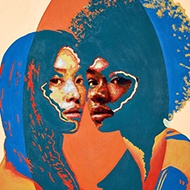
Nneka Jones
-
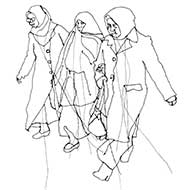
Rosie James
-
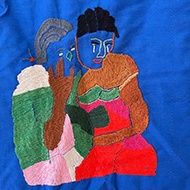
Bayombe Endani, represented by the Advocacy Project
-
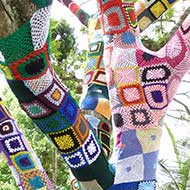
Woza Moya
-
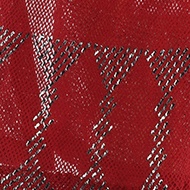
The Tally Assuit Women’s Collective, represented by the International Folk Art Market
-
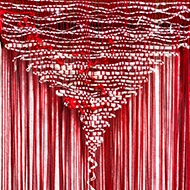
Pankaja Sethi



